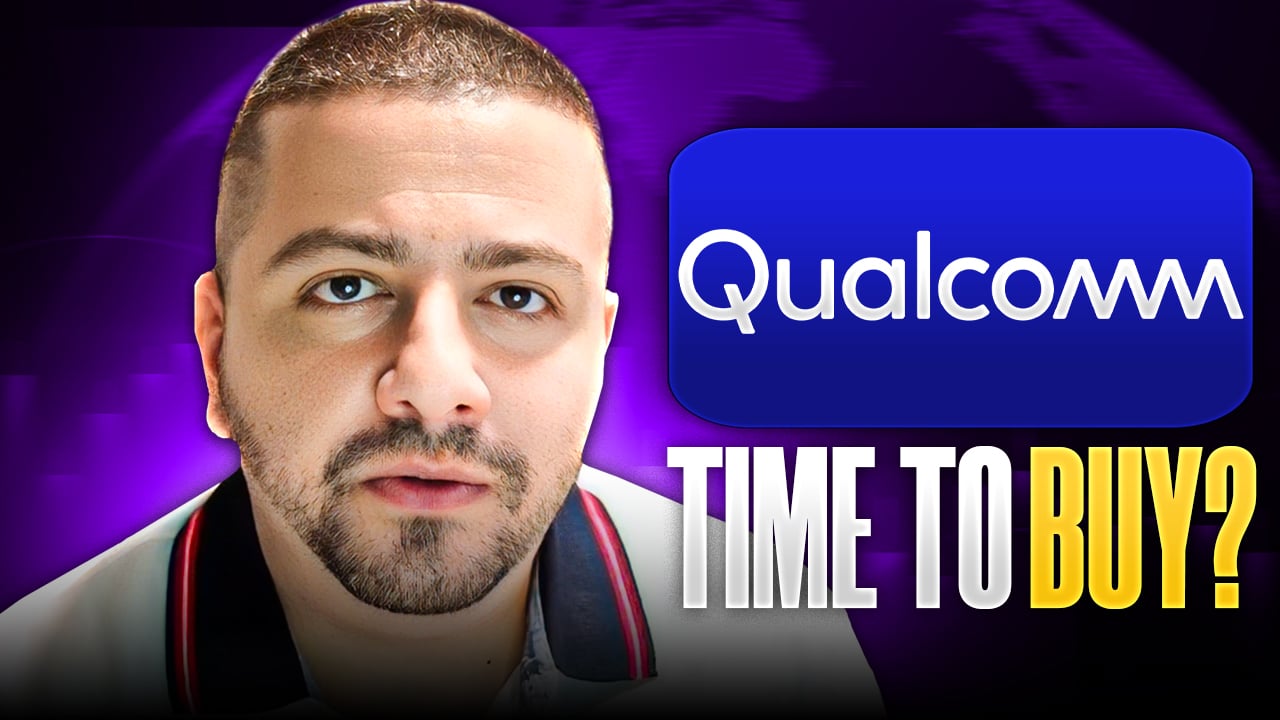NVIDIA (NVDA 3.30%) dreams of a smartphone revolution where its Tegra line of mobile processors plays a central role to the story. The company believes its Tegra line of mobile processors can continue growing "well over" 50% a year for the foreseeable future, fueled not only by increased demand, but by technological advancements. These advancements primarily come down to further chip integration, which on a high level means taking multiple chips and combining them to create a multipurpose chip. In the world of mobile computing, all roads lead to chip integration because it saves space, power, and costs, all of which are attractive from a manufacturer's perspective.
In the context of NVIDIA, it means successfully integrating a 4G-LTE modem directly onto its Tegra processor. To help further the effort, NVIDIA purchased Icera in 2011, a wireless baseband company, adding some much-needed engineering talent to its roster. As exciting as it is for NVIDIA to advance new technological breakthroughs for its organization, these efforts potentially threaten Qualcomm's (QCOM 1.64%) integrated chip business.
The road to integration
Qualcomm investors shouldn't run for cover just yet. NVIDIA has yet to offer a Tegra-LTE solution and it isn't expected to happen until sometime toward the end of this year. As a result, NVIDIA's current Tegra 3 processor has only made its way into two smartphones from HTC. To date, Qualcomm remains the only major chip maker to offer a mobile processor integrated with a 4G-LTE modem. The reason why Qualcomm is so far ahead of the competition is because it aggressively accelerated the processor's release schedule, putting the company in the highly advantageous first-mover position. For the time being, Tegra sales will continue to be driven by non-Apple tablet sales until it can integrate LTE within its chips. It likely won't be until next year until investors know if Tegra will be a serious asset for NVIDIA in the smartphone market.
Processor wars
Qualcomm's next-generation of processors intended for high-end smartphones, tablets, and smart TVs are likely to keep NVIDIA and its upcoming Tegra 4 processor on its toes. The flagship Snapdragon 800 chip is expected to be available by the middle of this year, offering a performance gain that's promised to be 75% faster than its predecessor, the Snapdragon S4 Pro. A big factor to consider here is how the recent introduction of Microsoft (MSFT 1.02%) Windows RT will influence the tablet market and both of these companies' businesses. NVIDIA has its deepest ties with the PC industry, which could create a potential hurdle for Qualcomm to overcome as it enters the Windows RT computing market. Not to mention NVIDIA has far more advanced GPU technology, which could be viewed as the better fit for the high-end tablet market. But then again, it might all come down to battery life, and Qualcomm's customized processor architecture could give it the edge. NVIDIA's upcoming Tegra 4 utilizes the ARM Holdings Cortex-A15 processor core right out of the box, where Qualcomm's upcoming chips will be based on newly customized "Krait" architectures. These in-house designs have allowed Qualcomm to maintain a competitive edge in an industry where it's become increasingly difficult to differentiate.
Caution flag
The most immediate area where Qualcomm is likely at risk is within the Windows RT tablet space, where Qualcomm lacks the PC-vendor relationships NVIDIA has. Overall, NVIDIA is still in the process of ramping up its smartphone game with the release of a Tegra-LTE integrated solution, inviting the possibility that challenges and delays could arise. However, if NVIDIA can successfully enter the smartphone market, investors need to recognize that it doesn't guarantee that its shares will rise. NVIDA is a company with many different moving parts, some of which are deeply entrenched in the slumping consumer PC market.
Above all else, the main differentiator between Qualcomm and NVIDIA is that Qualcomm customizes its processor cores to better serve today's users worldwide. This is all but certain to change in the future, but for the time being, Qualcomm still remains the company to beat, and Qualcomm investors should continue keeping an eye on NVIDIA.






